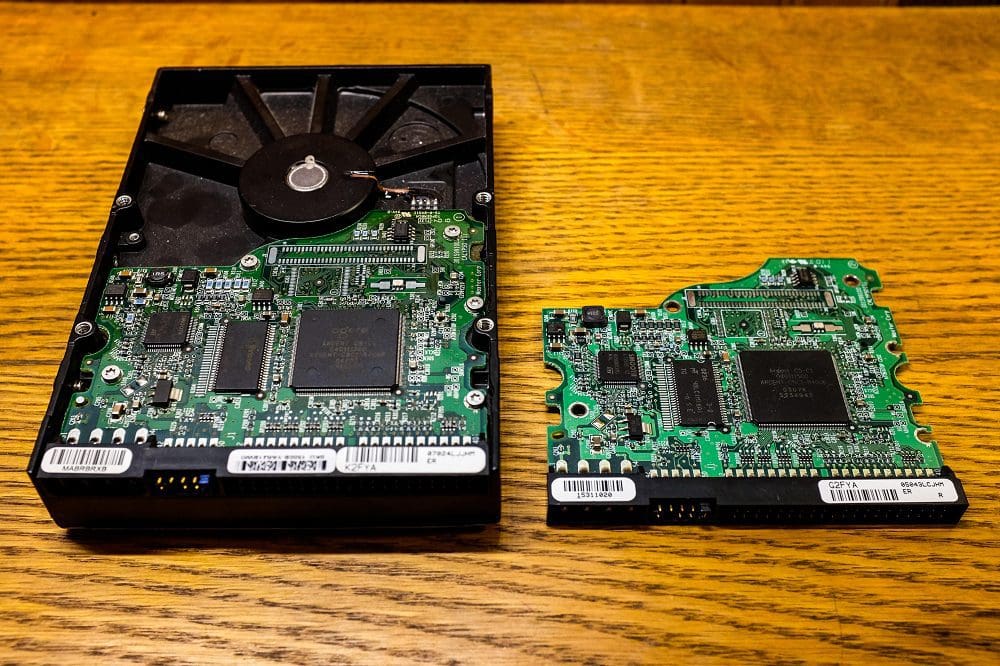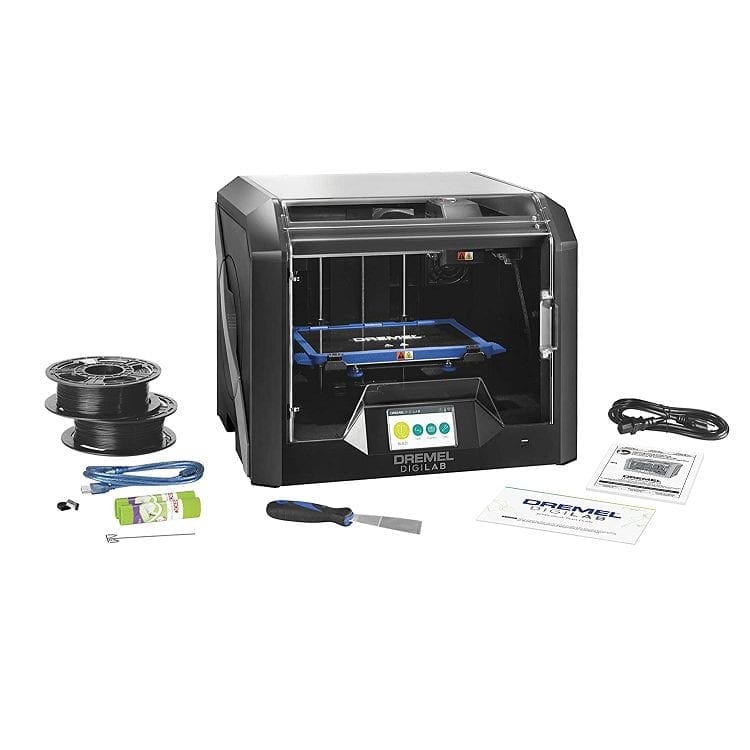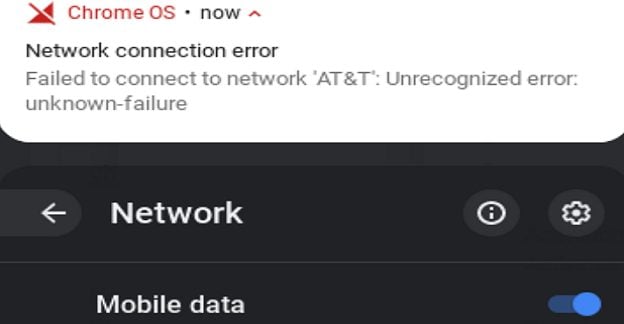As much as it might seem like it, a CPU can’t actually directly communicate with a hard drive. This is the case for HDDs and SSDs. It was also the case for floppy disks before those became obsolete. In fact, there are two different layers of translation between the hard drive and the CPU. The motherboard features a set of host controller adaptors.
These decode the signals from their respective data transfer buses to a format the CPU can understand. Host controller adaptors also encode instructions from the CPU for a hard drive. On the other end, you have the hard disk controller, which encodes data from the hard drive to be transmitted over the respective bus and decodes data from the bus to be understood by the hard drive.
What Does a Hard Disk Controller Do?
Historically, hard disk controllers took the form of expansion cards that needed to be plugged into the motherboard. The hard disk itself would then need to be plugged into the expansion card rather than into a connector on the motherboard. Modern drives, however, have the hard disk controller fully integrated into the drive chassis. This can often be seen as a circuit board underneath a hard drive.
The functionality of a hard disk controller remains the same. It’s intended to manage operations on the disk and can apply storage algorithms. For example, in early devices, run-length limited algorithms such as the Prism storage algorithm could double the storage density by compressing data as it was written.
In an HDD, the hard disk controller converts the signals read by the read head and written by the write head. The same happens in a floppy disk, though these have separate floppy disk controllers. In SSDs, the hard disk controller also controls the access timing of the actual flash memory, which is nonmechanical in nature and needs to be synchronized with a clock.
The data from the hard disk controller is then transmitted over the peripheral bus to the host controller adaptor. The host controller adaptor then converts the signal to the format used by the motherboard’s bus for the CPU to be able to decode it and read the result into memory.
Some computers may feature another controller between the hard disk controller and the host controller adaptor. These are commonly known as RAID cards or disk array controllers. These allow a hardware RAID array to be formed. In some cases, the RAID controller may be integrated into the host controller adaptor.
Conclusion
A hard disk controller enables hard drives to communicate over their respective communication bus, i.e., SATA. The motherboard converts these signals to a format the CPU can understand. Historically hard disc controllers were implemented as expansion cards to which hard drives were connected.
In modern devices, however, hard disk controllers are now integrated onto the actual hard drive, reducing space and complexity and cutting down on the number of needed expansion cards. What are your thoughts on the subject? Share your thoughts in the comments below.




